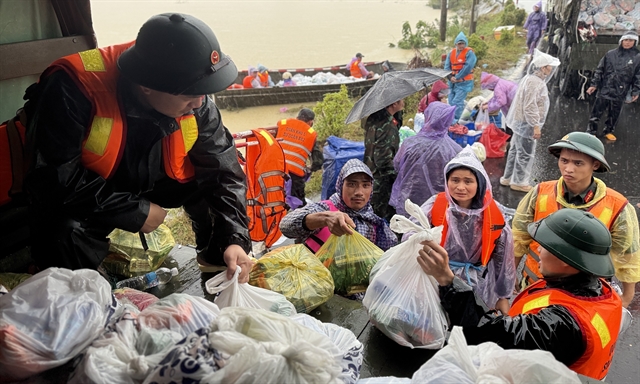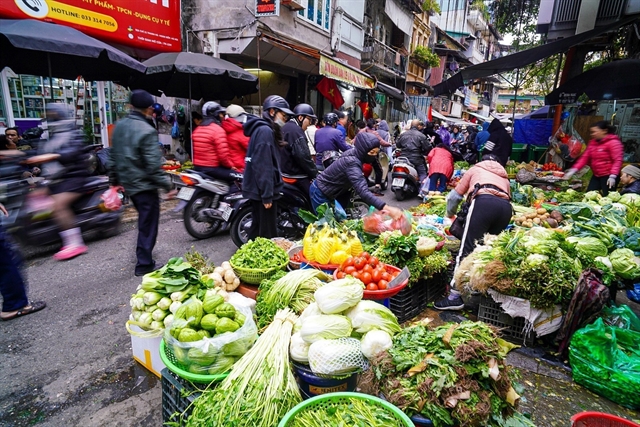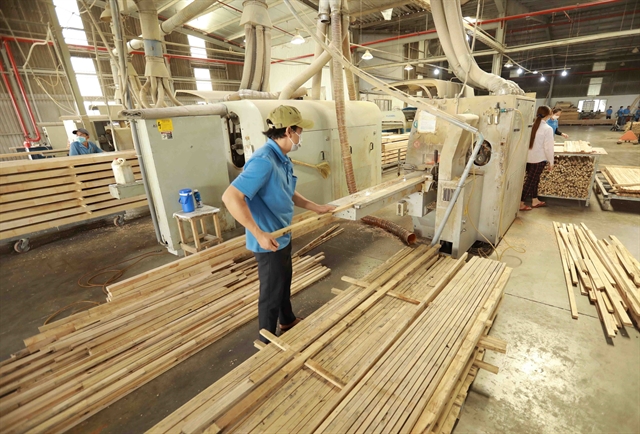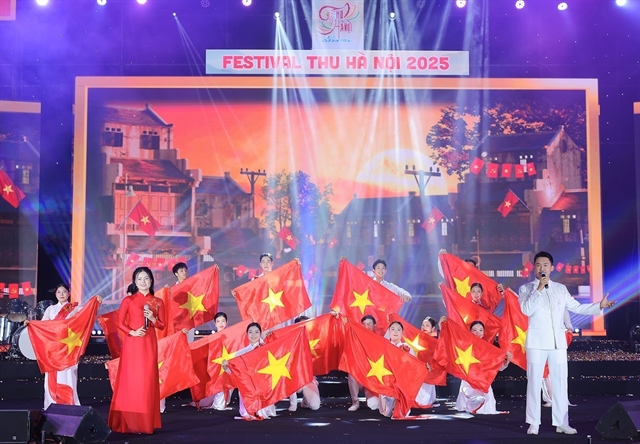 Life & Style
Life & Style

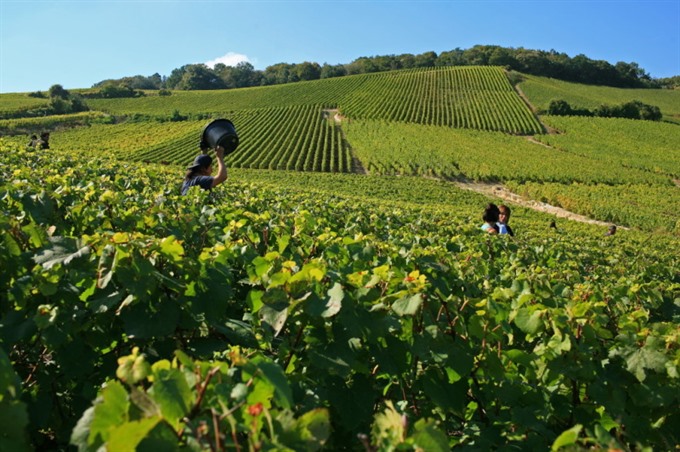 |
| Intoxicating views: France is known for endless vineyard.— Photo by Olivier Roux |
On occasion of the National Day of France on July 14, Việt Nam News presents an article written by the Ambassador of France to Việt Nam, Bertrand Lortholary
France was one of the first countries to support Vietnam’s policies of renewal and openness. Nowadays, France’s priorities in its relationship with Việt Nam are developing economic exchanges, fighting climate change and bringing Vietnamese youth closer to France.
In this aim, France and Việt Nam can rely on the dynamism and diversity of their long-standing and constantly evolving cooperation.
We strongly support the teaching of the French language in the Vietnamese education system. Today, more than 40,000 young Vietnamese are learning French in school.We believe that learning foreign languages from a young age is fundamental. Learning French also benefits the students as they are exposed to a different way of teaching and learning. That is why we support programs of bilingual classes, but also the teaching of French as a second foreign language. Indeed, with 374 bilingual classes, French remains the second language in Vietnamese schools in terms of numbers of learners, after English.
Learning French is also useful to pursue high quality studies. France attracts more and more Vietnamese students and is, outside of Asia, the third destination country of Vietnamese students and the first in Europe – about 7,000 students are currently registered in the French higher education system. The quality of French higher education is well known.
We are also developing actions to strengthen the bridge between education and employment. We started to run job fairs in November 2014, and they now take place annually. We have developed a great network of alumni and this is also a great way for people who have studied in France or in Việt Nam in French curricula to find jobs.
In the field of co-operation, projects are too numerous to be listed. However, one of the best illustrations is a remarkable cultural cooperation project in France at the Avignon Theatre Festival, that is to say the presentation “Saigon” produced by Ms Caroline Guiela Nguyen. Ms Caroline Guiela Nguyen and her troupe completed an artists’ residency within the French Institute in HCM City during which she wrote this play and identified young Vietnamese actors at the Theatre and Film University. Today, I am delighted to observe that this fruitful cooperation led to such a success. We are now working on organising a tour of the presentation in Việt Nam in 2018 so that the Vietnamese public also has a chance to savor this touching and sentimental piece of art.
Another highlight is the emphasis we have put in recent years on gastronomy with “Good France”. Launched in 2015 by the Ministry of Foreign Affairs in Paris, and renewed each year on March 21st, it gathers more than 2,000 participating restaurants around the world every year. Beyond gastronomy, it is also a great occasion to address substantial issues, such as traditional know-how, food safety or vocational training in the field of hospitality. These are great topics for Việt Nam as the needs in this sector are huge given tourism forecasts for the coming years.
Our cooperation is also very rich in the fields of literature, cinema, health, governance and justice, and in terms of economic cooperation which has recently led to the conclusion of great projects crucial to Việt Nam in the fields of infrastructure, transportation, environment and adaptation to climate changes.
France mainly finds the reasons of its success in its cultural diversity. Throughout history, deep and broad influences have put France at the “avant-garde” in many aspects of culture, including politics, philosophy, arts, gastronomy, fashion and sports. Our mission is to share it with our Vietnamese friends.
If you have a chance to travel around France, you will also be amazed by its cultural heritage and diversity everywhere: the Roman engineering of Pont du Gard, the Gothic splendor of Mont Saint-Michel, the multiple flavors of Lyonnaise cuisine, the Celtic rhythm of Breton music…
France’s Geographic diversity is impressive too: Metropolitan France has four coastlines, five mountain ranges and three broad climatic regions. Wide fertile plains dominate most of the north and west, making France the agricultural epicenter of Europe. Sprawling, forested lands occupy France’s southern interior. If you include overseas territories, you will start to have a glimpse of how vast France really is.
Joyeux 14 Juillet and long life to the Vietnamese-French Friendship!—VNS
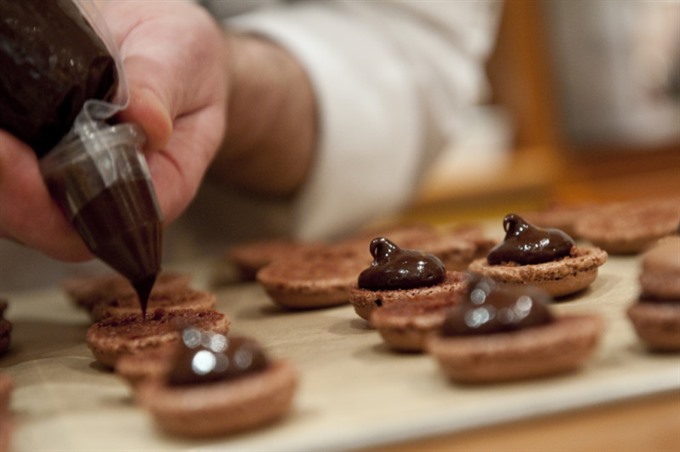 |
| Sinful deserts: French pastries have become well known all over the world.— Photo by Cedric Helsly |
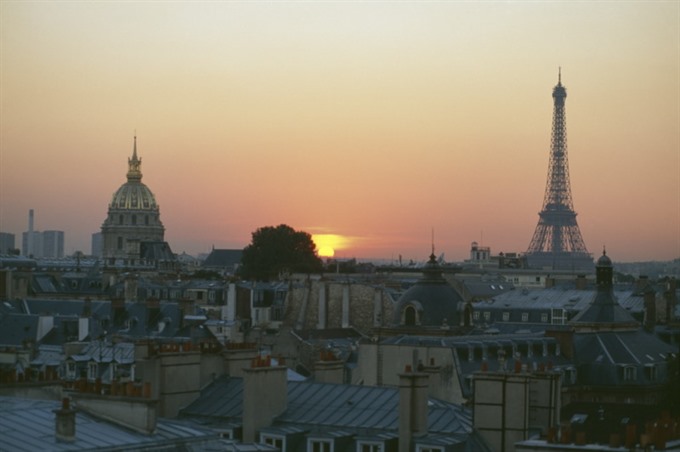 |
| Olala: Paris, France’s capital impressed tourists as a global centrs for art, fashion, gastronomy and culture.— Photo by CDT Calvados |
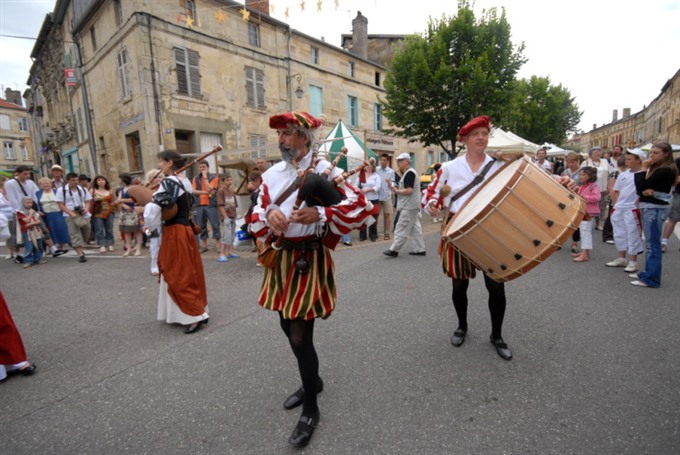 |
| Drum fever: Summer festivals are one of the country’s major tourist attractions. — Photo by Michel Lauren |


